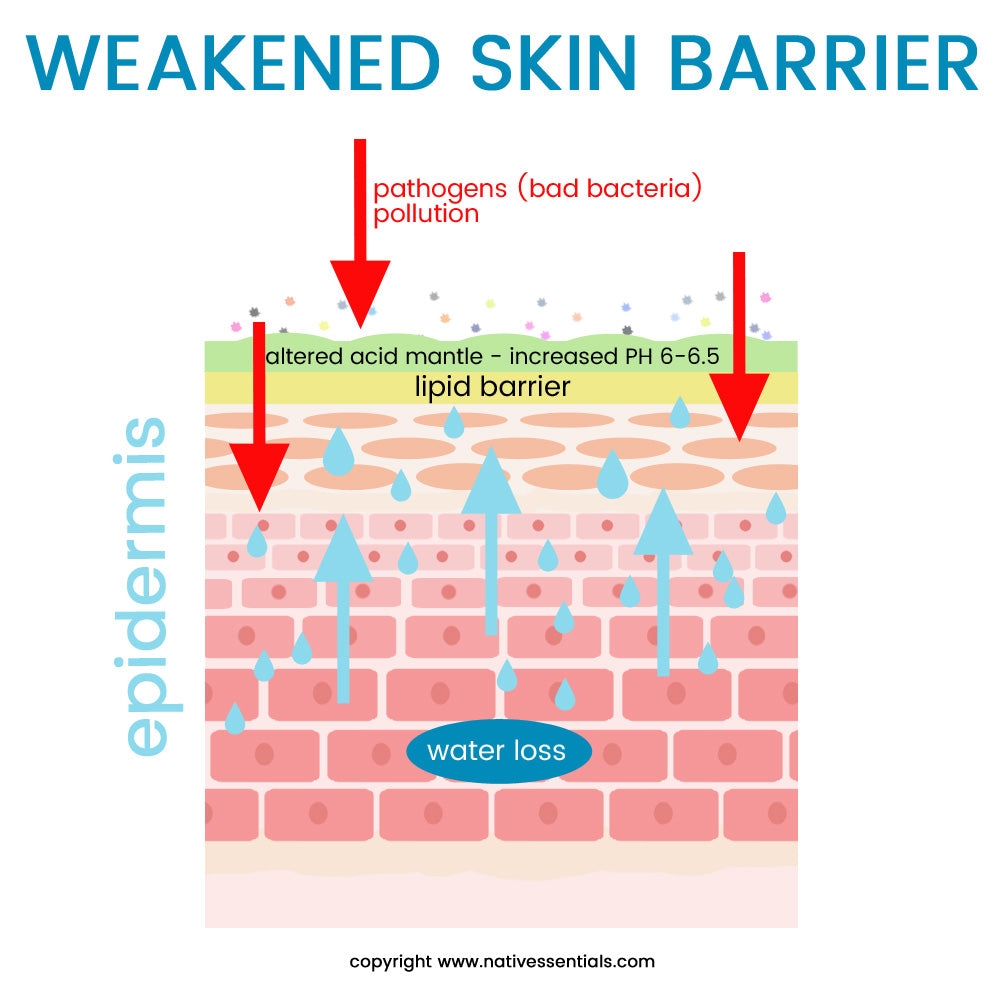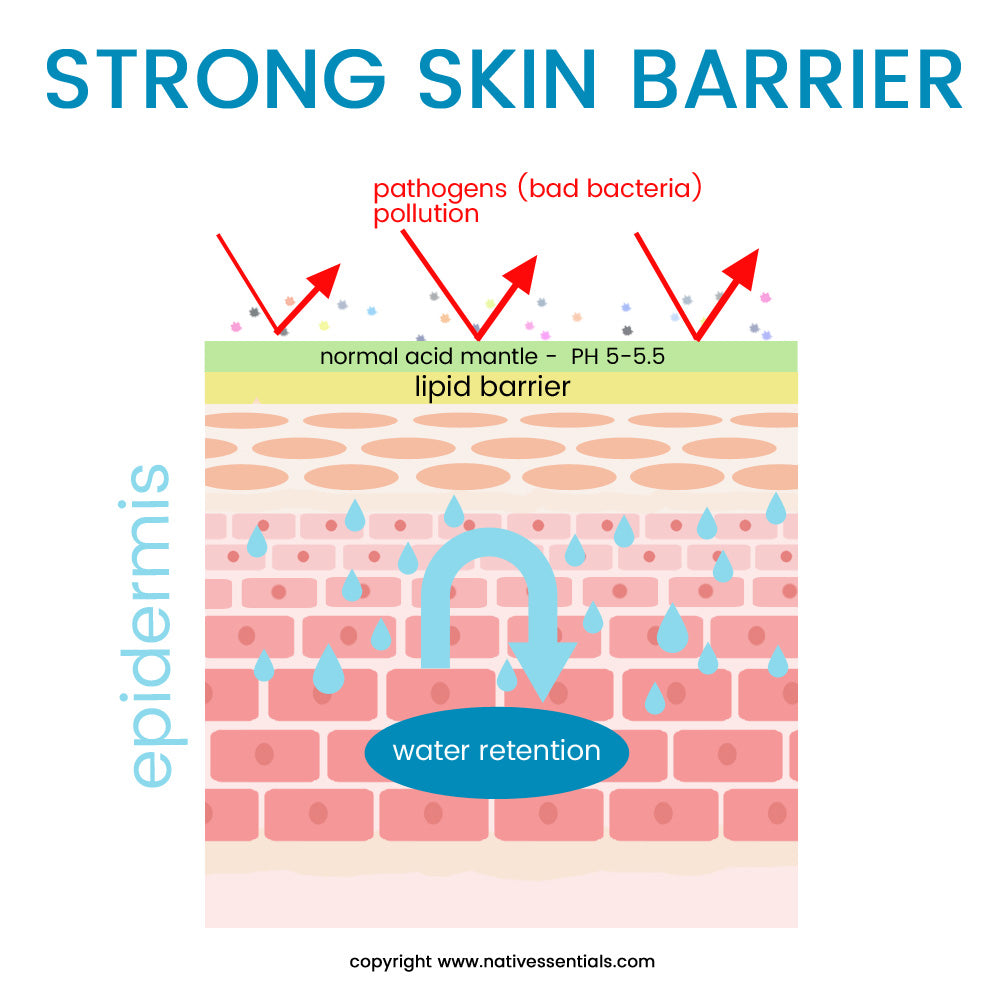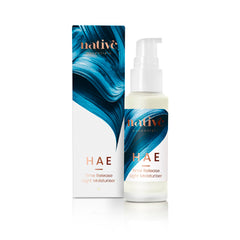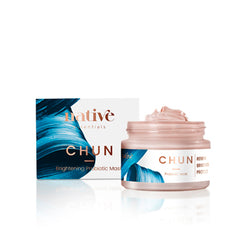Are you ready to dive into the world of skincare superheroes? We're about to spill the beans on prebiotic and probiotic skincare, and trust us, it's going to change the game for you. Get ready to say hello to a radiant complexion with the help of these friendly little helpers!
Now, you might be thinking, "Prebiotics and probiotics? Isn't that something for my gut?" Well, buckle up, because we're about to show you how these amazing ingredients can work wonders for your skin too! Think of them as your skin's BFFs, the ultimate squad that knows exactly how to keep your complexion in tip-top shape.
Let's dive in and discover the magic of prebiotic and probiotic skincare in this article.
The Skin Microbiome - what is it?
So, what exactly are prebiotics and probiotics in the world of skincare? Picture prebiotics as the delicious treats for the good bacteria living on your skin (yes, your skin has its own party of bacteria!). They provide the nourishment these little guys need to thrive and keep your skin balanced and happy. And probiotics? They're like the fearless protectors, swooping in to fight off the bad guys and keep your skin looking fresh and fabulous.
Our skin, the largest organ we have, is mostly dry, and yet it forms a very intelligent barrier again external aggressors. We call it skin microbiome (or microbiota), our wonderfully efficient protective system.
Did you know that the skin microbiome hosts over 1000 different types of bacteria, and most of them are good bacteria? The more... the merrier!
And did you know that our gut and skin microbiomes are connected and synchronized with the immune system?
Altering the perfect balance of the skin microbiome by mechanically stripping off good bacteria (frequent washes, excessive or aggressive exfoliation, use of the wrong skincare...) causes inflammation, excessive dryness, increased transepidermal water loss (TEWL), but most importantly this leaves our skin more vulnerable from non-beneficial bacteria and fungi.
The skin microbiome health is also heavily influenced by many factors:
- age and gender
- environment and climate
- immune system
- lifestyle, in particular, nutrition choices
- pathobiology (if suffering from diabetes or other metabolic pathologies)
A healthy skin microbiome should remain balanced despite what is happening in the surrounding environment. When an imbalance occurs, the skin barrier weakens, the acid mantle PH increases, the lipid barrier can't cope with the increased number of bad bacteria present and the result is greater water loss, excessive dryness, inflammation, acne.


Difference between Pre and Probiotic
pre-biotics are the food source your gut bacteria eat
pro-biotics are the microorganisms that contain the actual ‘good’ bacteria found in food, our guts, and of course in our microbiome.
- Probiotics need prebiotics to thrive -
What are Prebiotic / Probiotic Skincare benefits?
In a nutshell, prebiotics and probiotics work together to help keep your skin strong and healthy, exactly the same way pre and probiotics do for the guts. Specifically for the skin:
- They help protect the skin from environmental stressors resolving redness, dryness, and inflammation (aka premature aging)
- They are anti-pollution agents, as they stimulate the skin's own defense mechanism (exposure to PM contributes to skin aging)
- They boost the skin’s microbiome by strengthening the skin's own barrier and maintaining its acid mantle with a balanced PH (so sebum production optimization)
- They can help improve recurring skin conditions like acne, rosacea acne, eczema, and psoriasis.
What Prebiotic ingredients should I look for in commercial Skin Care?
- Alpha-glucan oligosaccharide (from sucrose)
- Fructooligosaccharides like Xylitol, Rhamnose (from fruit sugars)
- Peptides like Bifida ferment lysate (from milk)
What Probiotic ingredients should I look for in commercial Skin Care?
Commercial Skincare can't incorporate live probiotics as this will require refrigeration and the products last for a few days at the most.
As an alternative, freshly fermented foods like kefir and yogurt are rich sources of live probiotics. They are not prebiotics as they are the actual good bacteria! So it's ok to use them fresh on the skin. Kefir makes wonderful anti-acne mists and plain yogurt (with no added sugar) is great for masking.
The gut-skin connection - why nutrition is so important
How we nourish ourselves not only affects the gut microbiome but also the appearance of our skin. Feeding our gut right will help to boost not only our digestive system but also our skin; and what is more fascinating, is that we know now that our gut's health is also directly connected to your general wellbeing, energy levels, and mood.
Combining pre and probiotics on a regular base but not overdoing them is essential. If you take probiotics (the actual bacteria), but do not take prebiotics (the food source) either as fibers, fresh greens, nuts, and fish omegas, you may not see any tangible benefit.
For the guts, a diet high in indigestible prebiotics is the best source of food for the gut microbiome; for the skin, topical application of prebiotics from plants and milk fermentation.
Healthy gut = healthy skin = stronger immune system
Our Pre+Probiotic hero products that will transform your skin
We use Alpha-glucan oligosaccharide (from sucrose) for HAE , light moisturiser and CHUN, brightening mask that specifically feeds good bacteria such as:
- Lactobacillus pentosus
- Micrococcus kristinae
- Corynebacterium xerosis
- Staphylococcus capitis
and act as a deterrent for acne and inflammation-causing bacteria such as:
- Propionibacterium acnes
- Gardnerella vaginalis
- Corynebacterium minutissimum
- Staphylococcus aureus
BOOST YOUR SKIN WITH PREBIOTIC SKINCARE
CHUN - Brightening Probiotic Mask


